Expert cites immigration, lower fertility among native groups as some of reasons
Racial demographics in the United States are changing fast and becoming more diverse, as new figures show Generation Z, those born between 1997 and 2012, will be the last with a white majority.
The number of non-Hispanic white people will fall below half the population by 2045, U.S. Census data predicted. The changes in the country's racial demographics are being driven by a growth in the Latino, Asian and mixed-race populations and low birthrates and aging among white people, experts say.
Richard Alba, a sociologist and distinguished professor emeritus in the Graduate Center of City University in New York and the sociology department at the State University of New York in Albany, said the changes are keenly followed because of the country's history.
"America has seen itself for a very long time as fundamentally divided by race," Alba said. "Certainly 50 years ago, what that meant was we were divided between whites and blacks, and the other groups didn't matter very much. But, partly because of immigration and partly because of lower fertility among native groups, especially whites, the racial composition of the country has really been changing."
Non-Hispanic white people made up 77 percent of the population among those aged 75 and older, data from the 2020 census showed. There were 67 percent of those between 55 and 64, and 55 percent of those between 35 and 44. By 2050, there will be just 40 percent of people under 18.
In some parts of the country, the changes in long-standing racial demographics are already taking place. In Texas, Latinos have had the largest share of the state's population since at least July last year, while non-Hispanic white Texans make up 39.8 percent of the population. Demographers see it as significant as the state had a white majority from 1850 to 2004.
"The shift in demographics is being driven largely by differences across groups in their age structure," said Rogelio Saenz, a sociologist and demographer in the Demography Department at the University of Texas at San Antonio and a senior fellow at the Carsey School of Public Policy at the University of New Hampshire.
"Due to socioeconomic advantages, Europeans and whites in the U.S. went through the demographic transition first in which their death rates plummeted with babies surviving to eventually reach old age followed a while later by declining birthrates, a dynamic resulting in people living longer and fewer babies being born with the population becoming older."
Latinos collectively had a GDP of $2.8 trillion in 2020, compared with $2.1 trillion in 2015 and $1.7 trillion in 2010, the nonprofit research organization Urban Institute in Washington said.
However, the median wealth for Latinos is five times lower than their white counterparts, and less than half of Hispanic families own homes.
"Today, the Latino population in the U.S. is growing primarily due to natural increases, like more births than deaths, compared to international immigration, while the Asian population growth has been due largely to immigration," Saenz said.
Explosive growth
Asian Americans, led by the largest group, Chinese Americans, are the fastest-growing ethnic group in the U.S., figures show. The growth of the community over the past 20 years has occurred in every single state in the country.
Data from the Pew Research Center showed the Asian American population is projected to reach 46 million by 2060. Chinese Americans will make up 24 percent of the entire Asian population, or 5.4 million people.
By 2055, Asian Americans are projected to become the country's largest immigrant group, surpassing Hispanics.
"Asians are certainly increasing in size," Alba said. "And they will probably in several decades rival Latinos in size."
In 2020, about 46.9 million people identified as black, or multiracial, compared with 36.2 million in 2000.
The expected diversification has spurred fear among some extremist groups. White nationalists marched in Charlottesville, Virginia, with tiki torches in 2017 chanting, "You will not replace us."
Saenz said: "Segments of the white population are concerned that the position that they held as the majority of the nation is changing, some begrudgingly accept it, and others resist it."








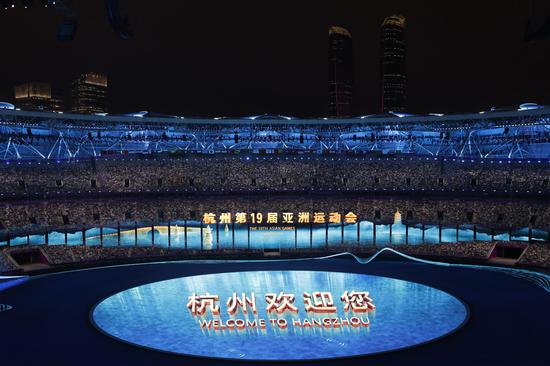



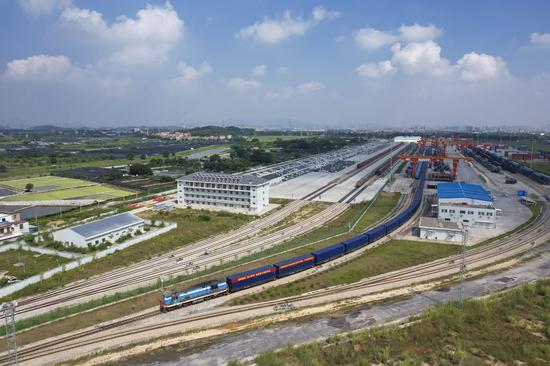




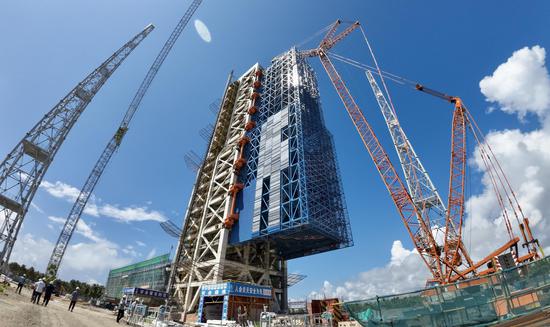












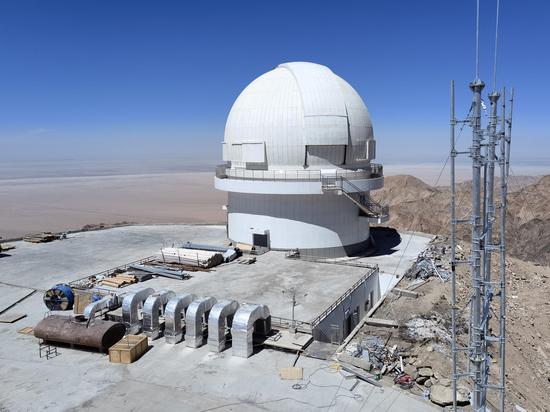







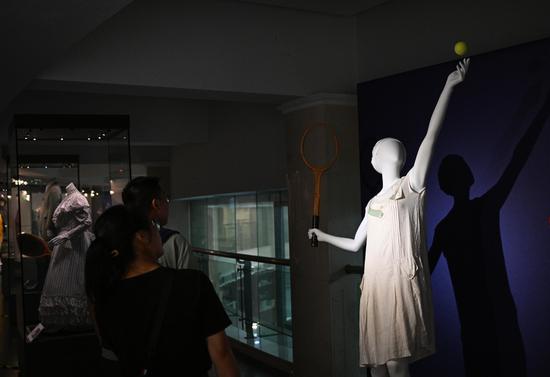











 京公网安备 11010202009201号
京公网安备 11010202009201号